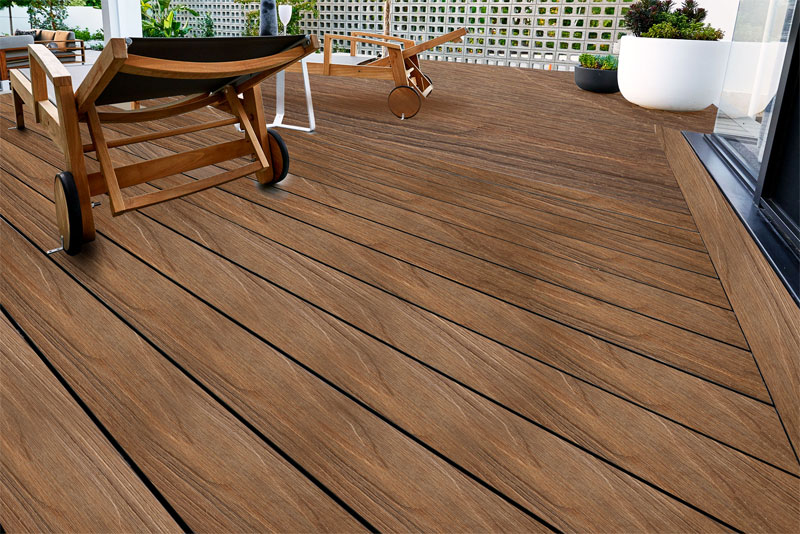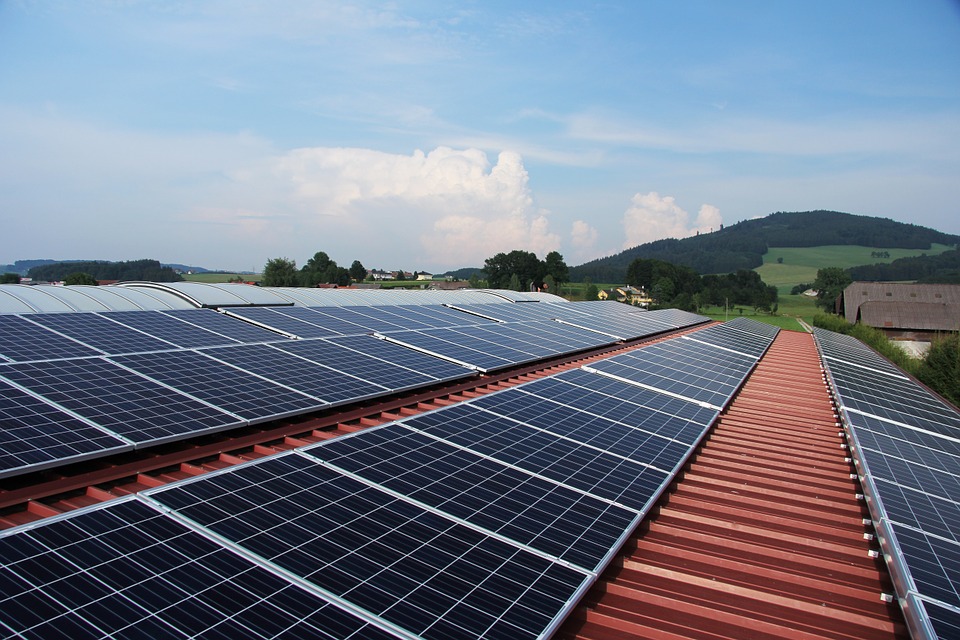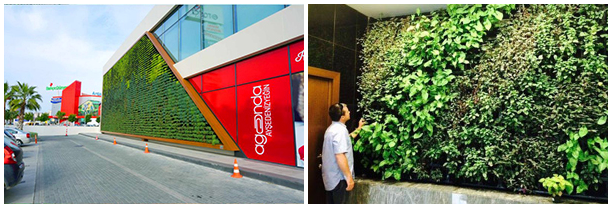News
6 Sustainable Building Tips to Coincide with Green Building Day
With six months passed since the signing of the momentous Paris Agreement, embracing sustainability is becoming the wave of the future. Green Building Day in Perth is right around the corner with many of the leading names in construction and environment coming together in Curtin University to discuss how the building sector must modernise practices in order to contribute to the ‘two degree world’ we’re aiming for.
So with that in mind we have put together 6 sustainable building tips!
Use Sustainable Materials

Sustainable Composite Decking
The use of sustainable materials is important for the future of our resources. While sustainably sourced timber is available, with the high level of construction projects going on around WA and Australia-wide, it is becoming more difficult to sustainably source timber in such large quantities, and thus more of the world’s forests are being pillaged.
Using composite timber building materials for things like flooring, decking, exterior wall cladding and fencing is a solution that not only matches the aesthetics of timber, but even brings enhanced benefits to the build.
Quality composite materials (such as Ultrashield, manufactured by NewTechWood) come unbelievably close to replicating the look and feel of real timber, even down to the texture and grooves of the wood grain. And they have the added benefit of being made from recycled materials using sustainable processes, including recycled timber shavings and plastic milk bottles. In addition, composite material are more durable than timber, do not rot and do not need maintenance – thus less replacement, less wastage and less chemical treatments needed – all further green positives.
Use a Rainwater Collection System
A rainwater harvesting system gathers up the water as it runs off the roof of your building and stores it for other uses. This collected water can then be reused in areas not meant for human consumption, like in toilets and for watering plants or lawns. This way, the building will not be wasting precious drinking water in areas where it is not needed.
Focus on Insulation
A large amount of the energy usage for a building comes from heating and cooling, accounting for about 50 percent of energy costs. Heat in the winter and cooling in the summer can easily escape through leaks around doors, windows and ducts, resulting in more energy being used to maintain a comfortable temperature.
Pay special attention to these areas throughout the construction process to ensure that they are properly sealed. Even a layer of insulating fibre in the roof can have a profound impact on the energy needed to heat and cool a home or building. Once the building is constructed, install thermostats and set the temperature as low as is comfortable in the winter and as high as is tolerable in the summer to avoid heavy energy usage.
Architects and planners should also keep passive heating and cooling in mind when laying the plans for a new build. This means taking into account the position of the sun in the mornings and afternoons around a new development, so they can position the layout of doors, windows and rooms to take advantage of the natural heat or cooling in an area. For example, for a building in an area that requires heating, positioning a large window or sliding door to face the morning sun would allow it to heat the hard floor, which would emit heat to the home for the remainder of the day. Conversely, in areas that tend to need more cooling, positioning windows away from the sun’s location at the hottest part of the day and using shade to your advantage will cut energy costs significantly.
Install Vertical Wall Gardens
Speaking of insulation, it doesn’t have to be hidden in the attic and wall cavities—some insulation can be a lovely eco feature of a home or even a commercial construction! We’re talking, of course, about vertical gardens, which serve as an excellent way to make use of an empty wall or an unused corner of your building.
Having live plants growing helps to purify the surrounding air and beautify your building. Green walls can even help you to meet the required national energy efficiency regulations and Green Ratings on building design. They can also act as a thermal insulator for buildings, cooling in summer and retaining heat in winter.
Install Solar Panels

Solar panels are one of the greatest investments you can make for your building. While they do come with a substantial initial installation cost, that cost is far outweighed by the energy savings over the life of the building.
Solar energy is clean and renewable, so you can freely use this energy source without worrying about harm to the environment. You may even be eligible to receive rebates from the government for installing energy-saving solar panels.
Recycle Construction Materials
Once a building is completed, you’ve got to do something with the waste and leftover materials. Recycling these materials prevents them from ending up in landfills and cluttering up our environment. If any of the materials are still usable, save them for a future building project, or sell them to another builder who has an immediate need for them.
